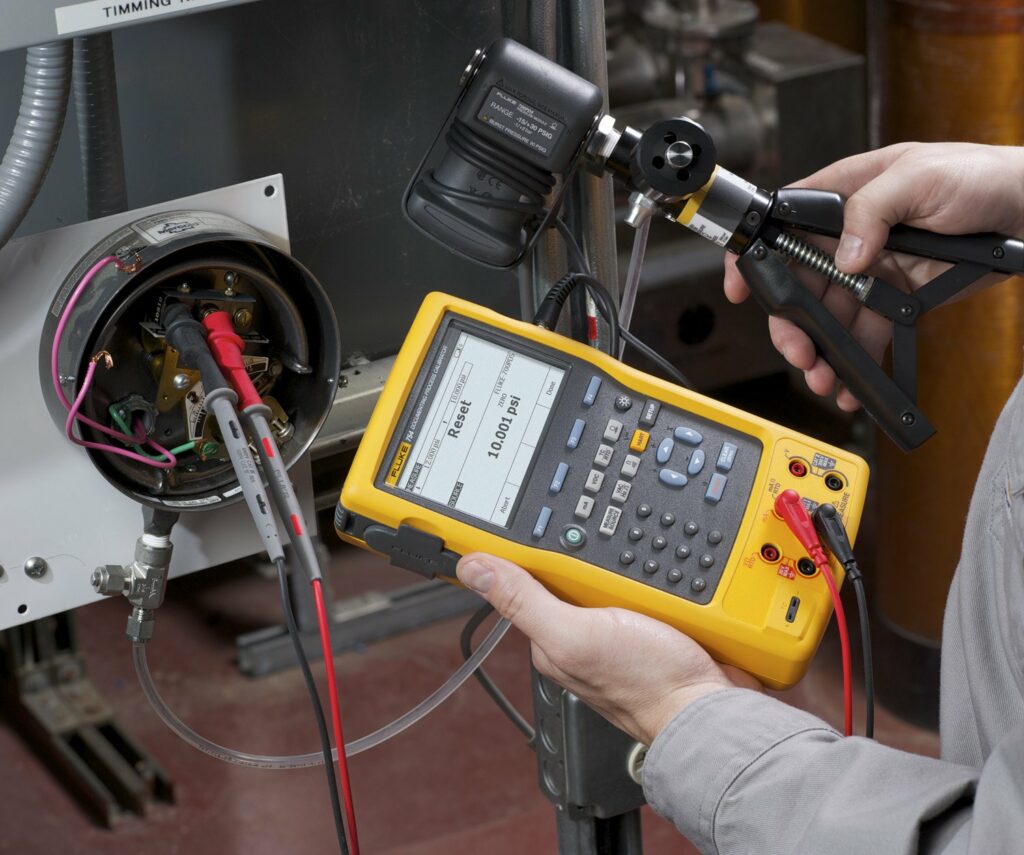Calibration is an essential process in the maintenance of HART (Highway Addressable Remote Transducer) devices. It ensures that these instruments function with precision and accuracy, providing reliable data in various industrial applications. In this article, we delve into the calibration method of HART devices, exploring its significance, procedures, and best practices.

Understanding HART Devices
What are HART Devices?
HART devices are commonly used in process industries to monitor and control various parameters such as pressure, temperature, flow, and level. These devices facilitate communication with control systems, enabling seamless integration and data exchange.
Importance of Calibration
Calibration ensures that HART devices operate within specified tolerances, delivering accurate measurements. It helps maintain product quality, ensures safety, and enhances overall process efficiency.
Calibration Methodology
Pre-Calibration Preparation
Before initiating the calibration process, it’s crucial to perform necessary preparations. This includes gathering relevant documentation, verifying equipment integrity, and ensuring a suitable environment for calibration activities.
Instrument Setup
The next step involves setting up the calibration instrument and connecting it to the HART device. Proper configuration of parameters such as range and units is essential for accurate calibration.
Zero Calibration
Zero calibration is performed to establish a reference point for measurements. This involves adjusting the device to ensure that it reads zero when there is no input signal.
Span Calibration
Span calibration involves adjusting the device to accurately measure the maximum expected range of the parameter being monitored. This ensures linearity across the entire measurement range.
Verification and Adjustment
Once calibration is complete, it’s essential to verify the accuracy of measurements and make any necessary adjustments to ensure compliance with standards and specifications.
Best Practices for Calibration
Regular Maintenance
Routine calibration and maintenance are essential for ensuring the long-term accuracy and reliability of HART devices. Establishing a proactive maintenance schedule can help prevent downtime and costly repairs.
Documentation
Maintaining comprehensive calibration records is critical for regulatory compliance and quality assurance. Documenting calibration procedures, results, and any deviations ensures traceability and accountability.
Training and Competency
Calibration technicians should receive proper training and possess the necessary skills and knowledge to perform calibration tasks effectively. Continuous training and competency assessments are essential for ensuring proficiency and consistency.
Conclusion
The calibration method of HART devices is integral to maintaining their accuracy and reliability in industrial applications. By following established procedures and best practices, organizations can ensure that their HART devices operate optimally, contributing to overall process efficiency and quality.
FAQs (Frequently Asked Questions)
How often should HART devices be calibrated?
The frequency of calibration depends on various factors such as industry regulations, manufacturer recommendations, and the criticality of measurements. Typically, HART devices are calibrated annually or semi-annually.
Can HART devices be calibrated onsite?
Yes, HART devices can be calibrated onsite using portable calibration equipment. However, for critical applications or where accuracy is paramount, some organizations may opt for calibration services provided by accredited laboratories.
What is the difference between calibration and validation?
Calibration involves adjusting a device to ensure its accuracy and reliability, whereas validation confirms that the device meets specified performance criteria under actual operating conditions.
Are there any calibration standards for HART devices?
Yes, several standards govern the calibration of HART devices, including ISO 9001, NIST (National Institute of Standards and Technology), and ISA (International Society of Automation).
Can HART devices be calibrated remotely?
In some cases, HART devices with remote calibration capabilities can be calibrated remotely using advanced calibration software and communication protocols.
Author Bio
Mr. Parthiv Kinariwala is a leading expert in calibration and testing services, with over 20 years of experience in the industry. As the founder of Prism Calibration, established in 2004, Mr. Kinariwala has been at the forefront of delivering precise and reliable calibration, testing, and validation solutions across various industries. His expertise in providing services that meet international calibration standards has earned the trust of major clients, including Reliance Industries, Zydus Cadila, Indian Oil, ONGC, Adani, and Tata.
With a deep understanding of instrumentation, measurement accuracy, and industrial testing, Mr. Kinariwala ensures that each client receives exceptional service tailored to their specific needs. His unwavering commitment to quality and precision has established Prism Calibration as a trusted partner for some of the largest and most respected organizations in the industry.







